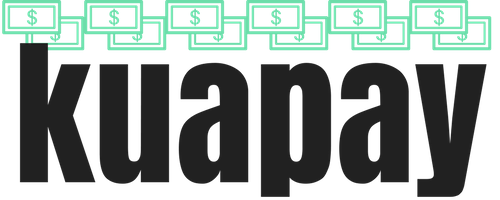Understand Credit and You’ll Understand How to Use It
Imagine being out shopping when you run across a mother and child browsing for clothing. The child insists she wants an expensive outfit while the mother says she doesn’t have the money to pay for it. Imagine the child innocently looking at her mother and saying, “just use your plastic card.”
This fictional scenario is not that far off. There are plenty of consumers who do not fully understand how credit works. Their lack of understanding means they also don’t know how to use credit properly. Teach them how credit actually works, and you change the equation.
As evidence of America’s credit ignorance, consider a study cited by MarketWatch in June 2019. The study revealed that 21% of American adults have no idea whether or not they have credit card debt. This seems like a fundamental fact one would know, but apparently that’s not the case.
If people do not know whether or not they have credit card debt, it is no wonder they are ignorant about everything from credit scores to interest rates. It’s also no wonder that Americans don’t know how to set and achieve financial goals. There is just too much ignorance all the way around.
Credit Score Basics
The point of this post is not just to point out ignorance, but to educate as well. So let’s start with some credit score basics. Note that credit score is the single most important factor that determines a person’s ability to get credit.
A credit score is a mathematical representation of a borrower’s probability of defaulting on new credit within the first several months. The lower a person’s score, the more likely default will occur. The opposite is also true. If you have a credit score hovering around the 800 mark, you are a person who is not likely to default on new credit.
So how do credit bureaus arrive at a person’s credit score? Without going into details, they rate a number of factors on a numerical scale. Each of the numbered ratings gets plugged into a mathematical formula that returns the final score. Believe it or not, credit scores are very accurate predictors.
Annual Interest Rates
Next up are interest rates. Every form of credit comes with interest. Let us say you obtain a car loan at 6% interest. Straight interest would mean you pay six cents on every dollar you borrow. Unfortunately, that is not the way it works. Interest on almost every form of credit is compounded interest.
The interest you pay on your car loan is annual interest. If you are financing a $20,000 purchase, you would pay 6% for that first year, or $1,200. That means $100 of every car payment would go toward interest. Now let’s say your balance at the end of your first year is $18,000. The next year you pay 6% interest on that balance.
You see what happens here? Obtaining a $20,000 car loan at 6% for six years would leave you with total payments of $23,865. You will pay a total of $3,865 in interest. That is not 6%; it is actually 19%.
Making Monthly Payments
Another thing people do not understand are the monthly payments associated with credit. To fully get this, you need to understand the difference between revolving and non-revolving credit. Revolving credit is credit that has no termination. A credit card is revolving credit because it can continue in perpetuity. Non-revolving credit has a defined maturity date. Your mortgage and car loan are both examples of non-revolving credit.
The monthly payments on your mortgage and car loan gradually reduce your debt until it is completely settled. Monthly payments for revolving credit are technically designed to do the same thing, but it only works if you stop using the credit.
What does this mean in practical terms? If you only pay the minimum amount due on your credit cards and continue charging to those cards, you may never get them paid off. You will spend so much money in interest that it would blow your mind to know the total amount. No, the only way to eliminate your credit card debt is to stop charging and pay more than the monthly minimum.
Secured and Unsecured Credit
Another thing to know is the difference between secured and unsecured credit. Secured credit is credit backed by some sort of asset. Again, consider your mortgage. A mortgage is secured credit because it is backed up by your house. Should you not pay, your lender can repossess your house and sell it.
Unsecured credit is credit with no backing. Lenders rely on your good faith to repay what you borrow. Credit cards are the perfect example. Credit card debt is unsecured by anything other than your promise to repay.
The advantage of secured credit is its built-in motivation to pay. You do not want to lose your house, so you make every effort to pay your mortgage on time. Unsecured credit does not offer that same kind of motivation. That’s why so many people get themselves stuck in a cycle of credit card debt that doesn’t end until death.
Total Cost of Borrowing
Last up is something known as the ‘total cost of borrowing’. Most forms of secured credit involve fees and charges above interest. Take out a mortgage and you will pay a plethora of fees including origination fees, title and transfer fees, and points. They all factor in to the total price you pay to borrow, less your down payment.
Total cost of borrowing trips people up all the time. They go to borrow and only look at interest rates. When all of the other costs are factored in, the final number turns out to be more than they were anticipating. Then they have an affordability problem.
Credit is a complex tool. Use it unwisely and it could send you to the poor house. That’s why credit ignorance is not bliss. You really need to know how it works so that you can understand how to use it.






































No comments